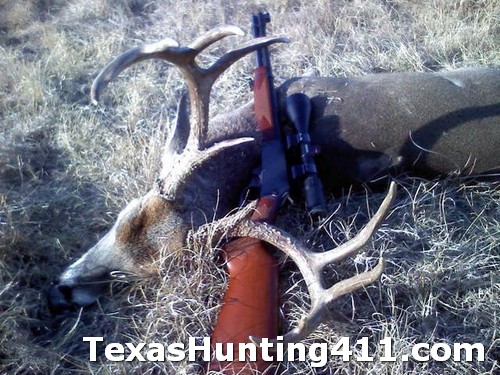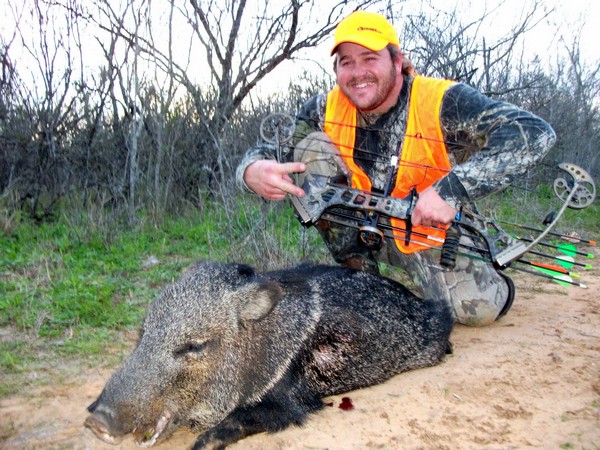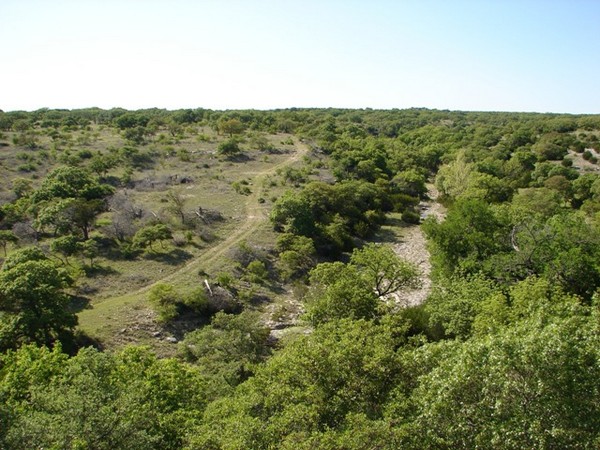The Mason Mountain Wildlife Management Area (WMA) is 5,301 acres in size and is found about 4 miles north of Mason, Texas, in Mason County. The management area was donated to Texas Parks and Wildlife Department and the area is used for wildlife research, habitat management demonstrations, and for public hunting. The entire area was high fenced by the previous owner and several high fenced pastures are also found within the Mason Mountain WMA, as well.
The Mason Mountain WMA is located on the Edwards Plateau and has a variety of different plant communities, although much of the area consists of rolling terrain dominated by post oak, live oak, mesquite and native brush species. There are also some steep “mountains” with limestone soils that are covered with cedar and other hardwoods and brush. So in general, the topography of the area could be classified as rough with steep canyons, caliche hills, and the granite outcroppings that are unique to this region of Texas.
Biologist that work on the area try to maintain the deer density on the Mason Mountain WMA at about 1 deer for every 12 to 15 acres. This density is much lower than much of the Hill Country, but the management area produces big whitetail bucks every year. Maintaining proper deer numbers is not only great for the habitat, but great for Texas public hunting! Each year, the WMA offers Special Permit (draw) hunts for deer and some exotic species, as well as Regular Permit hunts for doves. APH Permit holders can access the area for dove hunting without paying the regular permit fee.
Special Permit public hunts are held each fall and hunting is by assigned compartment. Some of the hunting compartments have established ground blinds that can be used, but not all of them. Hunters drawn for these hunts must use their own vehicles to access their assigned compartments. And although the semi-rough topography, sand, and/or mud requires vehicles with high ground clearance, much of the area is accessible by 2-wheeled drive. They recommend 4-wheeled drive if you want to access the hard to get to areas, but all of this WMA is great hunting country.
All public hunters must sign in at the Mason Mountain WMA check station when entering or leaving the area. No camping or fires are permitted on the management area, but commercial lodging and campgrounds are available in Mason. Call the Mason Mountain WMA headquarters for more information about the management area or public hunting at 325-347-5037.


